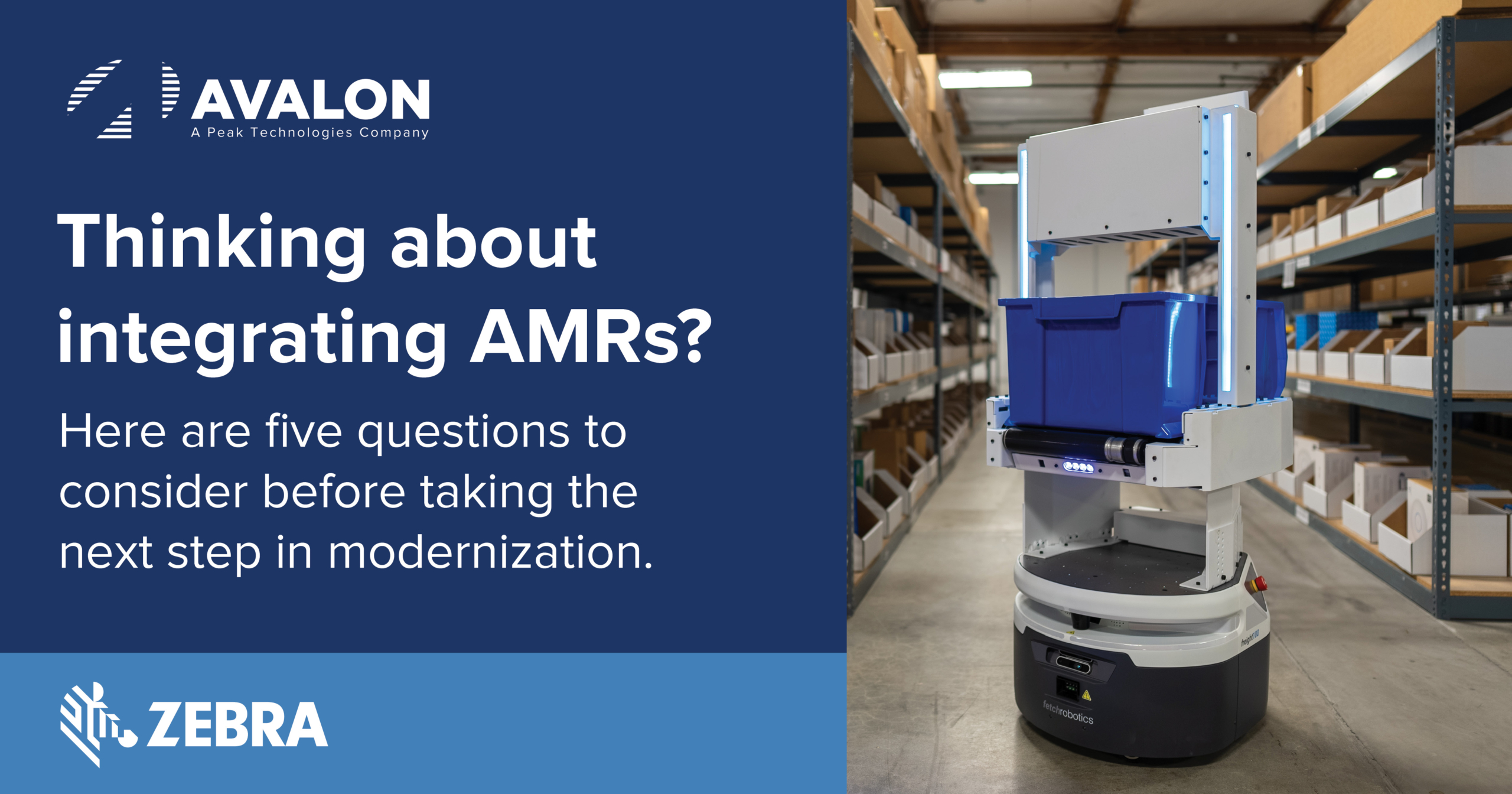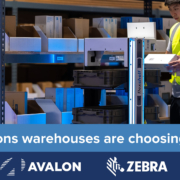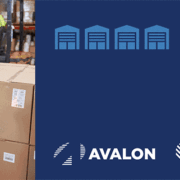Peak season always causes supply chain workflows to get hectic and forces businesses to find ways to improve shipping and delivery processes. High inflation rates, increased labor costs, and fewer workers are pointing toward another demanding peak season this year. Studies estimate that 73% of industry professionals believe the 2022 peak season will be as bad or worse than peak season last year. Additionally, surveys show that 86% of Americans say they will look elsewhere for gifts if shipping is too expensive. Even though the constant delivery spike is slowing down, shipping costs and consumer expectations remain high. As distribution centers get ready for end-of-year fulfillment challengers, decision-makers must take the following obstacles into account:
- Labor shortages that slow down efficiency
- A large influx of seasonal workers
- Higher return rates on items which can lead to inaccuracies
- Large demand influx for products
- Increase in cybercrime which risks data security
- Higher fuel prices
- Driver shortages that impact shipping times
Moreover, a lack of experienced seasonal workers and unreliable devices can stall productivity Consequently, businesses are looking to implement innovative plans that manage demands for the future and avoid shortages, a unified workforce, and device failure. A prepared plan to manage holiday challenges can promote adaptability for future challenges by implementing…
- Automated assistance that frees up workers to focus on other tasks – Robotics automation can help manage labor shortages and empower your current ones as they can deliver 99.99% order accuracy and work on repetitive tasks. While workers stay safe in the aisles, robotics can help deliver heavy loads to boost safety and productivity.
- Wall-to-wall connectivity deployed onto your handheld device – A more connected workforce that is informed on deliveries and orders helps your workers manage peak season. Workforce communication helps improve asset tracking and visibility to stay ahead of peak season.
- Enterprise-ready durability standards to prevent breakdowns – Rugged devices that break down less frequently deliver a higher ROI and uninterrupted productivity to avoid equipment malfunctions. Dependable automation solutions reduce lead times, lower operating costs, and improve output. Devices like this also help remove the errors of manual operations to deliver more controlled and accurate workflows.
With peak season just around the corner, warehouses still have the opportunity to evaluate operations to improve complex workflows. Discover how your distribution process can adapt to today’s digital age for consistent enterprise success.







